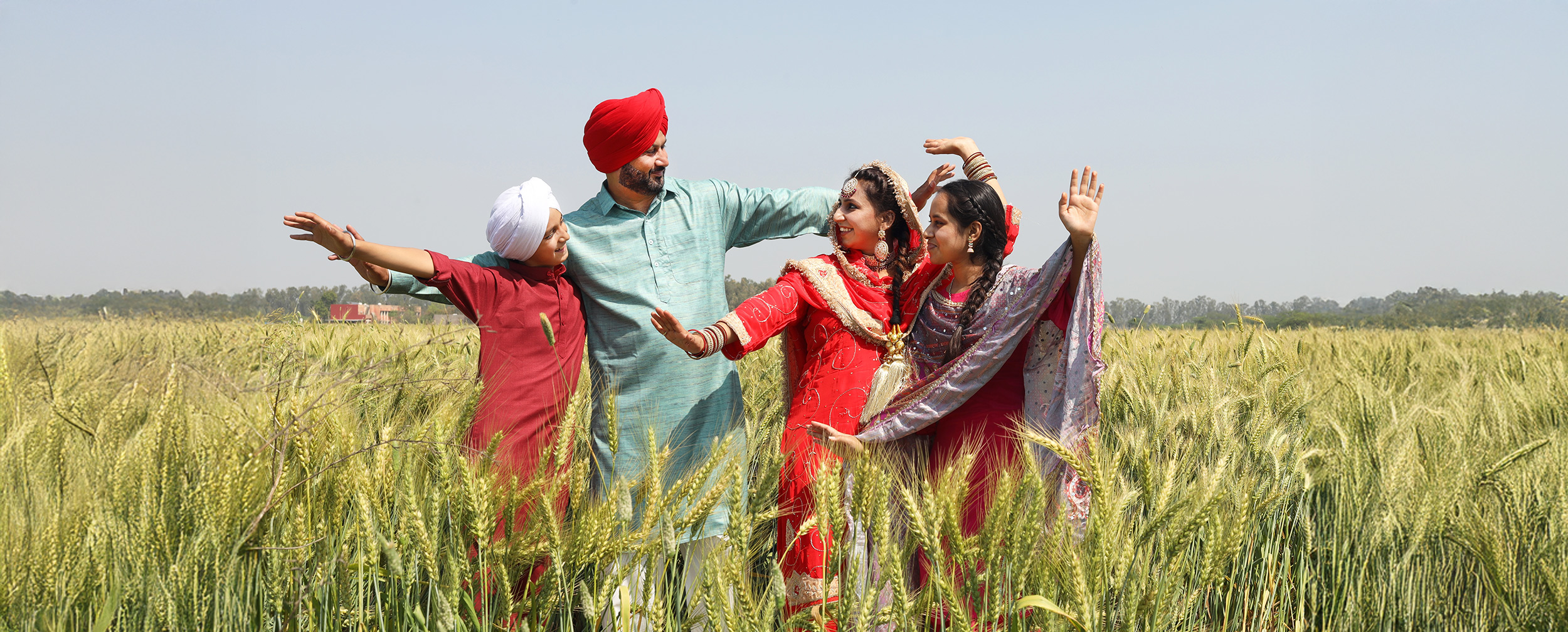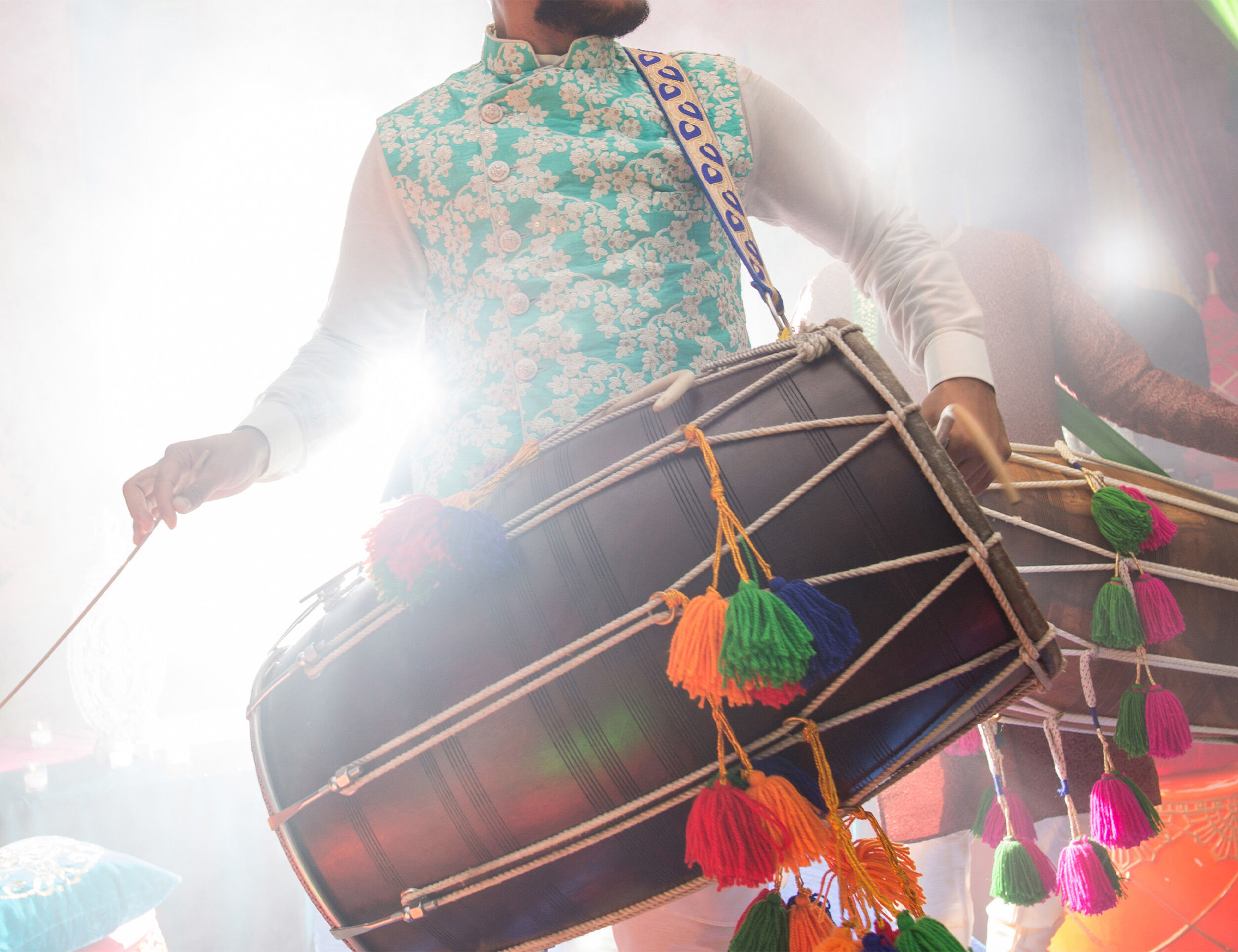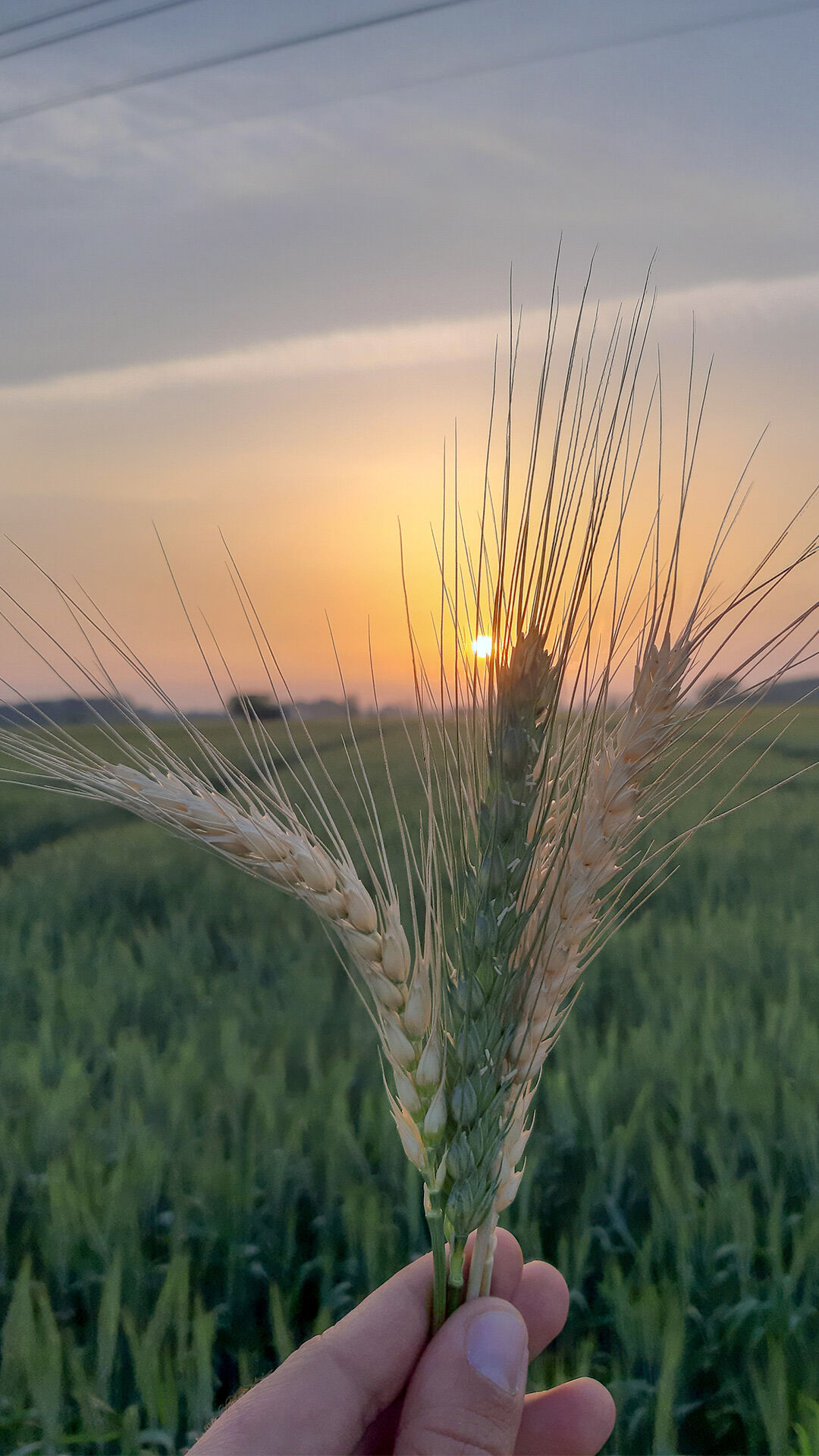STORIES BY DIWAS

Lifestyle
Baisakhi: Understanding the Joyous Festival's Roots and Rituals
Date 10 April 2025 Reading time: 7-10 mins
Step into a world awash with colour, camaraderie, and cheer—it's Baisakhi, the festival that ushers in the promise of a golden harvest and honours a defining moment in Sikh history. As the wheat fields sway to the gentle April breeze and festive fervour fills the air, you can't help but wonder: why is Baisakhi celebrated with such gusto, and what makes it so special? Join us as we dive deep into the cultural and religious importance of this joyous Baisakhi celebration.
What is Baisakhi?
Baisakhi, also known as Vaisakhi, is a multifaceted festival celebrated with great enthusiasm in India, especially in Punjab. So when is Baisakhi celebrated and in which month? It falls on the first day of the Vaisakh month in the Hindu calendar, so it is typically celebrated on April 13 or 14. And baisakhi is celebrated in which state? It is celebrated across India, but with great fervour in Punjab. The festival marks the beginning of the Hindu solar new year and the harvest season, symbolising prosperity and new beginnings.
Why is Baisakhi Celebrated?
So, why is Baisakhi celebrated? For myriad reasons deeply rooted in India's agrarian traditions and Sikh religious history. Here are the key reasons:
- Agricultural Significance: When is Baisakhi celebrated? Baisakhi marks the end of the Rabi crop cycle and the beginning of the Kharif season. Farmers express gratitude for a good harvest and pray for future prosperity. In rural Punjab, Baisakhi is a time for joyous celebrations, with farmers performing bhangra and gidda to the pulsating beats of the dhol.
- Punjabi New Year: For the Punjabi community, Baisakhi is also their New Year's Day. So, Baisakhi is celebrated in which month? Right after the end of the Rabi cycle—meaning April, making Punjabi New Year fall in April. It's a time to start afresh, forgive old grievances, and strengthen community bonds. Families get together to feast on traditional delicacies like kada prasad, sarson ka saag and makki ki roti.
- Birth of the Khalsa: Baisakhi holds profound religious significance for Sikhs. On this day in 1699, the tenth Sikh Guru, Guru Gobind Singh, founded the Khalsa Panth—the community of baptised Sikhs. He baptised the first five Sikhs, known as the Panj Pyare, and established the tradition of the Five Ks that every baptised Sikh must wear.
The Cultural Importance of Baisakhi
Baisakhi is a vibrant cultural extravaganza that showcases the rich heritage of Punjab and other northern Indian states. Here's why Baisakhi is celebrated and how it adds colour and flavour to the Indian cultural landscape:
- Festival of Colours: Much like Holi, Baisakhi is awash with colours. People dress up in bright festive attire, sing and dance to folk tunes, and exchange greetings and sweets. The spirit of Baisakhi can be felt in every nook and cranny, from the bustling streets to the beautifully decorated gurudwaras.
- Fairs and Festivals: Baisakhi celebration is synonymous with lively fairs and melas. These carnival-like events feature giant wheels, amusement rides, and stalls selling everything from handicrafts to street food. The Baisakhi Mela at Talwandi Sabo in Punjab and the Baisakhi Fair in Delhi are particularly famous.
- Bhangra and Gidda: No Baisakhi celebration is complete without the energetic moves of bhangra and gidda. Men perform bhangra to the beats of the dhol, while women do the graceful gidda. These folk dances are an integral part of Punjab's cultural identity and add a lively touch to Baisakhi festivities.
The Religious Importance of Baisakhi
For Sikhs, Baisakhi is a deeply spiritual occasion that commemorates a defining moment in their religious history. Let's explore why is Baisakhi celebrated from a religious perspective:
- Birth of the Khalsa Panth: On Baisakhi day in 1699, Guru Gobind Singh founded the Khalsa Panth—the community of baptised Sikhs who would uphold the values of justice, equality and service. He administered amrit (nectar) to the first five Sikhs, known as the Panj Pyare, and gave them a new identity with the surname "Singh" for men and "Kaur" for women.
- The Five Ks: Guru Gobind Singh also introduced the Five Ks that every baptised Sikh must wear as articles of faith. These are Kesh (uncut hair), Kangha (comb), Kara (steel bracelet), Kachera (cotton underwear) and Kirpan (small sword). The Five Ks serve as a reminder of the Sikh identity and values.
- Amrit Sanchar: Baisakhi is considered an auspicious day for Sikhs to take amrit (baptism) and become a part of the Khalsa Panth. Many gurudwaras organise large-scale amrit sanchar ceremonies on this day, where devotees take a dip in the holy sarovar and receive amrit from the Panj Pyare.
How is Baisakhi Celebrated?
Baisakhi celebrations are a lively affair, filled with colour, music, dance and devotion. Here's a glimpse into how and why is Baisakhi celebrated across India:
- Nagar Kirtans: Gurudwaras organise grand processions called nagar kirtans on Baisakhi. The Guru Granth Sahib is carried on a beautifully decorated float, with devotees singing hymns and performing seva (service). The procession winds through the streets, spreading the message of unity and devotion.
- Langar and Kada Prasad: Gurudwaras serve free langar (community meal) to all visitors on Baisakhi celebrations, upholding the Sikh principle of equality and service. The langar usually includes traditional dishes like kadhi, aloo gobi and kheer. Devotees also receive kada prasad, a sweet offering made of flour, sugar and ghee.
- Festive Wear: Baisakhi is a time to dress up in your festive best. Men don colourful turbans and Pathani kurta sets, while women wear vibrant salwar kameez or Patiala suits.
- Cultural Programmes: Many gurudwaras and cultural organisations host special programmes on Baisakhi, featuring kirtan (devotional music), kavi darbars (poetry recitals), and folk dance performances. These events showcase the rich cultural heritage of Punjab and bring the community together in celebration.
Celebrating Baisakhi
Baisakhi is a festival that encapsulates the spirit of joy, gratitude and community. When and why is Baisakhi celebrated? It's a time to celebrate the bounty of nature, seek divine blessings, and come together in festive fervour. For Sikhs, it's also a deeply spiritual occasion that marks the birth of the Khalsa Panth and reinforces their identity and values.
So this Baisakhi celebration, immerse yourself in the colours and flavours of this vibrant festival. Visit your local gurudwara, participate in the festivities, and spread the message of unity and love. And don't forget to dress up in your festive best—explore Diwas's stunning collection of Indian wear to find the perfect outfit for the occasion.
Here's wishing you and your loved ones a happy and blessed Baisakhi! May this festival bring joy, prosperity and new beginnings into your life.



